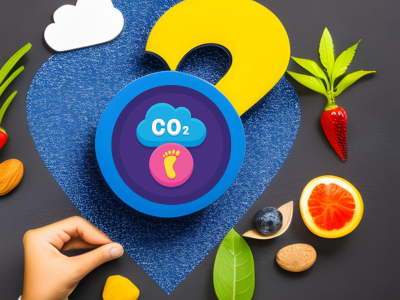An individual’s “carbon footprint” refers to the sum of all of their activities that release greenhouse gases such as carbon dioxide and methane into the atmosphere. One of the highest rates in the world, the average American leaves a carbon footprint of 16 tons each year. An estimated 4 tons of carbon dioxide emissions per person per year is the global norm.
According to the available data, an average Indian emits 1.32 tons annually. However, this is averaged data and does not account for differences between urban and rural settings. In particular, the digital relics. There is a large discrepancy between these estimates. Despite being one of the most populous countries in the world, JIO has activated data in rural areas, and the country is transitioning to 4G and, eventually, 5G mobile networks.
How is carbon emission of urban dweller different from rural?
A recent study by the Research Institute for Humanity and Nature found that compared to low-spending households (those spending less than $1.9 per day), high-spending homes in India generate about seven times the amount of carbon emissions. India releases an average of 2.46 billion metric tons of CO2 equivalent per year into the atmosphere, accounting for 6.8% of global emissions. The average annual CO2 equivalent output per person in India is calculated to be 0.56 tons, with the poor responsible for 0.19 tons and the wealthy for 1.32 tons.
According to IndiaSpend, the analysis found that across income levels in the country, the highest percentage of emissions was accounted for by spending on food and energy. The data utilised in the study came from the 2013 National Sample Survey Organisation (NSSO). The wealthy spent most of their money on private vehicles, durable goods, and non-cereal food products, all of which have a disproportionately high carbon footprint.
An analysis of consumption data from 203,313 households in 623 districts revealed that programmes intended to benefit the poorly raised emissions by an added 1.97 percent, making this study the first of its kind to look at carbon emissions on a national, regional, and socioeconomic scale. The study indicated that if middle-class families in the country were moved into the higher expenditure group, carbon emissions would rise by 10%. The study found that if all Indians started consuming like the rich, emissions would increase by about 50 percent.
This research supports other findings that have shown a significant gap between the global carbon footprints of the wealthy and those of the poor. According to the United Nations’ analysis of the “emissions gap,” the top 1% of the world’s wealthiest emit more carbon than the bottom 50% combined. More importantly, it concluded that the world’s wealthiest individuals must significantly cut their CO2 emissions by the century’s end if we are to avert a potentially disastrous rise in average global temperatures.
The majority of carbon emissions in low-income houses came from using products, including detergents, soaps, and textiles. In contrast, the largest sources of carbon emissions in high-income homes were the use of durable goods and private vehicles.
We can imagine that you are now wondering what factors within your personality make you who you are. Learn more about the topic by reading our blog, “What are the 8 primary carbon footprint categories?”
Think about this:
Annually, India generates 2.88 Gt of CO2 through its activities.
141 crores, or nearly 493 million people, out of India’s total population of 142 crores live in urban regions (about 35 percent of the total).
The average urban Indian generates 1.32 tons of carbon dioxide over the course of a year.
The 493 million people who live in metropolitan areas in India are responsible for the production of 650 million tons (about 22 percent of the total) of CO2.




